Colorado Cools, But Opportunity Remains
By Chris Nebenzahl and Justin Dean, Yardi Matrix While Denver has outpaced the national averages for rent growth and rental rates in recent years, the metro has finally begun to cool as significant construction begins to come on line and the rapidly accelerating economy eases. Market players echo this theme of slower growth, but Denver…
By Chris Nebenzahl and Justin Dean, Yardi Matrix
While Denver has outpaced the national averages for rent growth and rental rates in recent years, the metro has finally begun to cool as significant construction begins to come on line and the rapidly accelerating economy eases.
Market players echo this theme of slower growth, but Denver continues to plenty of opportunity. For the past few years Denver has been one of the nation’s best-performing real estate markets, as job growth and an influx of Millennials has sent demand for housing, office space, and retail sky high. Home values, too, have risen dramatically, and Denver now has the highest median home price of any non-coastal market in the U.S.
Significant pent-up demand exists in the metro, as Millennials who have already entered the workforce or are preparing to do so may still be living at home or sharing housing with others. According to the Metro Denver Economic Development Corp., 20 Millennials live at home for every vacant apartment in the area. If the economy remains strong, those young adults will form households, and that should keep demand for multifamily housing high.
In response to the region’s rapid economic growth and strong demand, apartment developers have flooded the metro with new product. Most of that development has been concentrated in Denver’s central business district and its surrounding submarkets.
Caught in the Squeeze
As in much of the country, much of the new multifamily construction in Denver occupies the high end of the market, driving up rents and occupancy rates for Class B and Class C properties. The lack of new low-priced units, combined with rent growth which is vastly outpacing income growth, is leading many local industry professionals to worry about affordability.

The Glenn, a 306-unit luxury community in Centennial, Colo., scheduled for completion by the Opus Group in December 2017.
At a recent Colorado multifamily conference, one developer noted that when new multifamily properties start leasing apartments, residents quickly snap up the smallest, least expensive units—evidence that pricing drives demand. That raises concerns that an inadequate supply of affordable properties could cause outmigration from metropolitan Denver.
Possible alternatives include cities like Colorado Springs, where rents are 35 percent lower on average than in Denver, or Salt Lake City, which offers similar lifestyle amenities, a growing job base and rents averaging 28 percent less than Denver, according to Yardi Matrix.
The good news for renters in Denver is that the recent expansion of inventory has provided relief, at least temporarily. In September, the rate of rent growth cooled to 2 percent year-over-year, compared to 8.2 percent in 2015 and 11.5 percent in 2014.
The real estate picture remains somewhat cloudy in light of rising vacancy and development risks. Two main headwinds face the construction industry in Denver. As a result of the financial crisis and the regulations that followed, lenders nationwide have been stricter with construction financing, especially given the tremendous growth in multifamily supply. And as in many other cities, developers in Denver find it increasingly difficult to secure financing through traditional channels. Private lending has been a source for some, while other project sponsors have taken advantage of the green initiatives provided by Fannie Mae and Freddie Mac.
Stretched Thin
The other issue limiting developers in Colorado is a lack of construction workers. Despite the strong job growth in the metro, industry professionals argue that there is a significant lack of construction labor. With so many projects around the state, the construction industry’s labor force is stretched thin and delays in new building may result.
A related issue is where Denver currently sits in the real estate cycle. The consensus seems to be that due to the elongated recovery, and the potential for a correction, investors must plan to hold for the long term. One investor stated that the situation in Denver has felt “unsustainable for a while now” while adding that he was not sure “what sinks the ship.”
Current economic trends, however, continue to point toward slow and steady growth, indicating that the recovery may persist for years to come. Marcus & Millichap CEO Hessam Nadji stressed that it is important to look at market fundamentals, rather than only the duration and pace of the recovery. “Recoveries do not just die of old age,” Nadji said, speaking at the recent Colorado Commercial Real Estate Symposium. Instead, economic downturns are driven by systemic issues such as overleveraging in the housing market, which led to the Great Recession, or cataclysmic events such as 9/11 attacks, he said.
Another popular adage these days is that growth has been slower during the current recovery than in any other recovery since World War II. When GDP growth is used as the yardstick, that is correct, yet GDP does not tell the entire story. The domestic job market continues to shine, the labor market has 5.3 million more jobs than at the previous peak in 2008, and wages are increasing faster than inflation.
Compared to foreign markets, especially in Europe and Japan, the U.S. economy remains the gold standard. The strength and stability of the U.S. economy explains why Denver and metro areas across the country are attracting increased foreign investment.
Denver’s recent multifamily construction boom, and the rent growth moderation that followed, provided a good opportunity for the market to catch its breath. However, long-term demand in Denver should remain healthy as it maintains one the most diverse economies in the country, leaving it well prepared to handle a downturn in one of its major sectors. As job growth continues, and the oil and gas market recovers, the Denver economy may take flight again soon. Expect developers and investors alike to remain active in the metro for years to come.

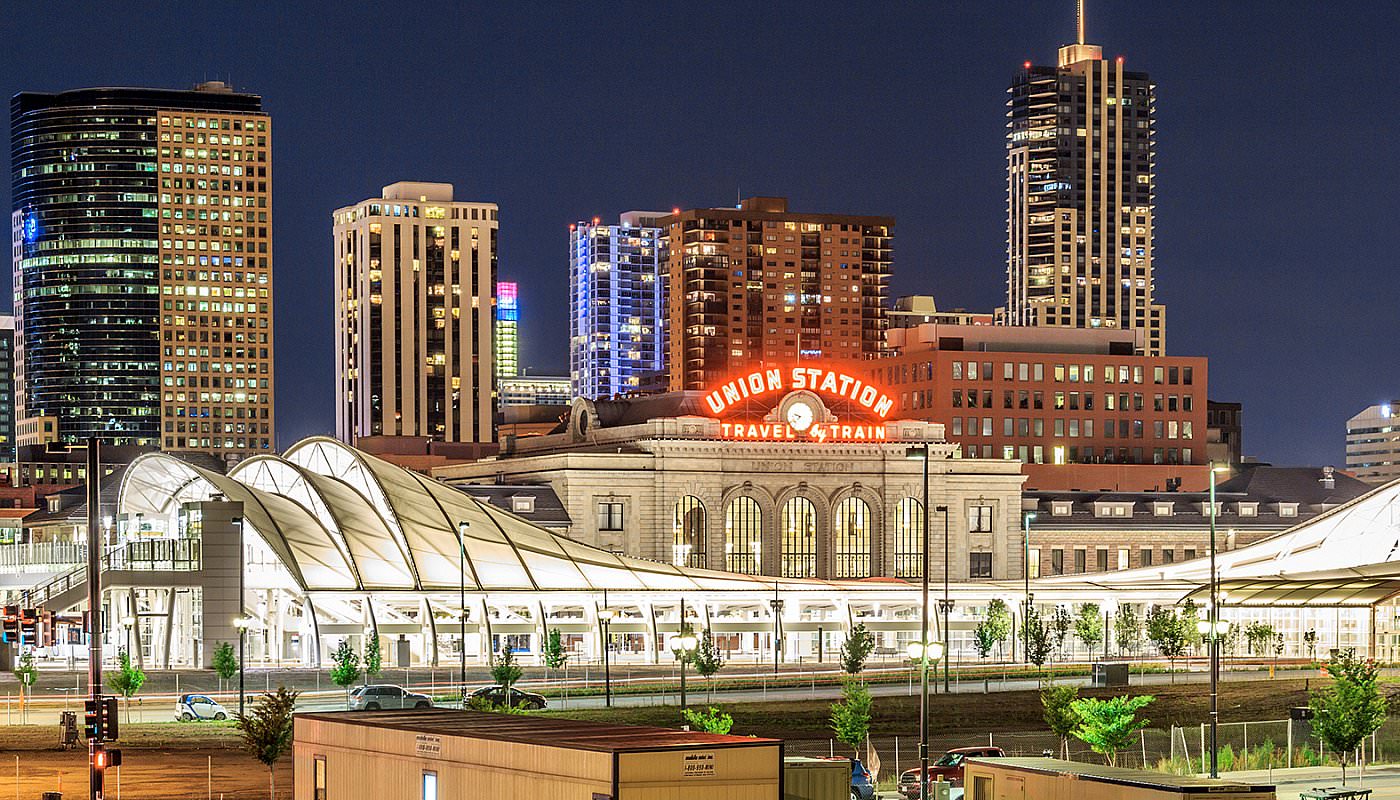

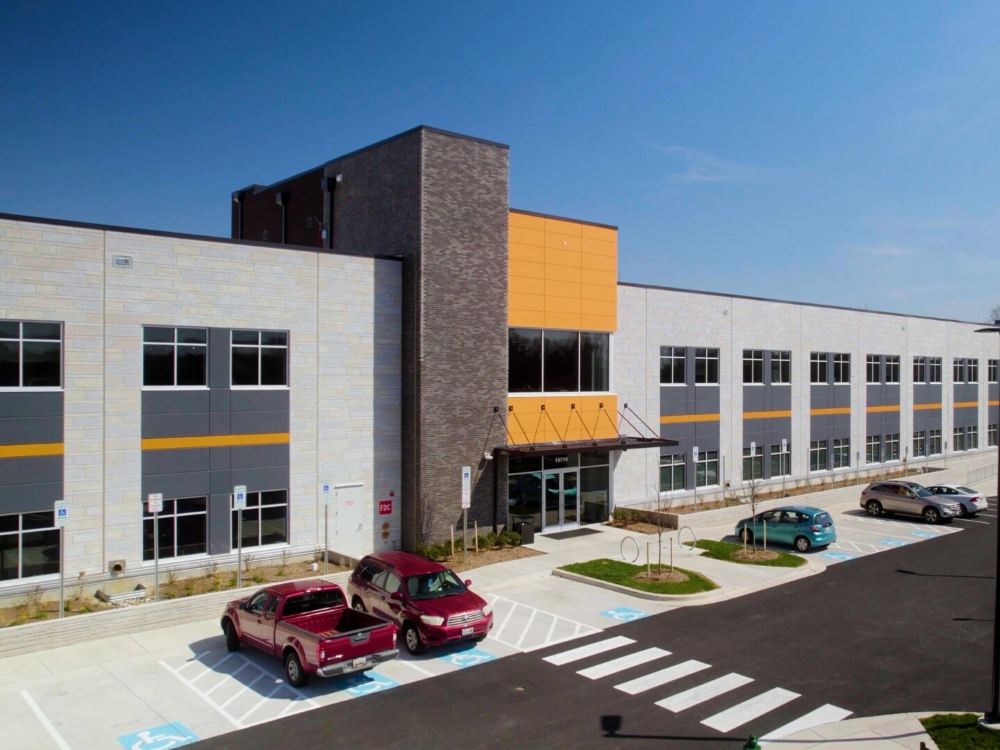

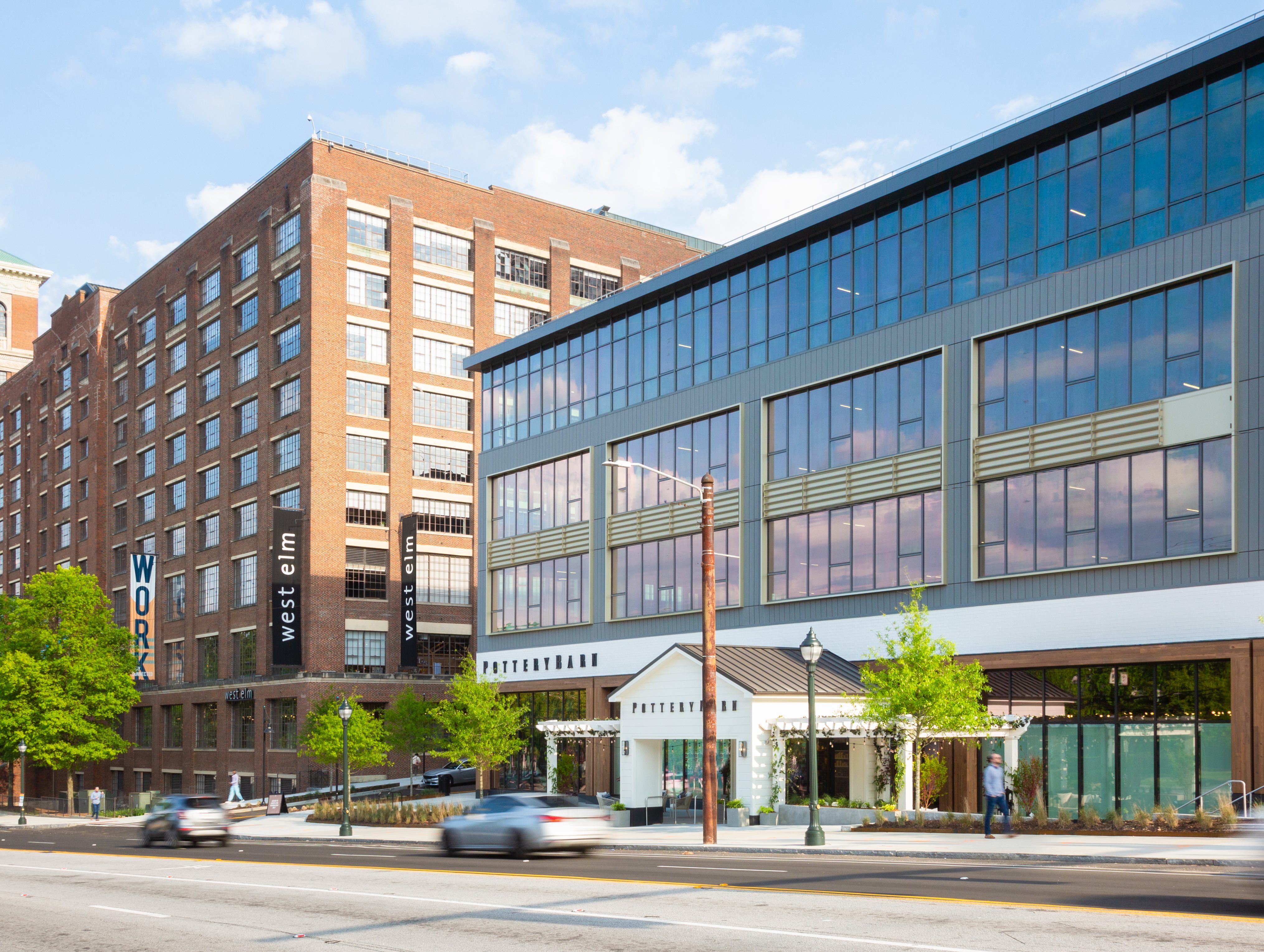
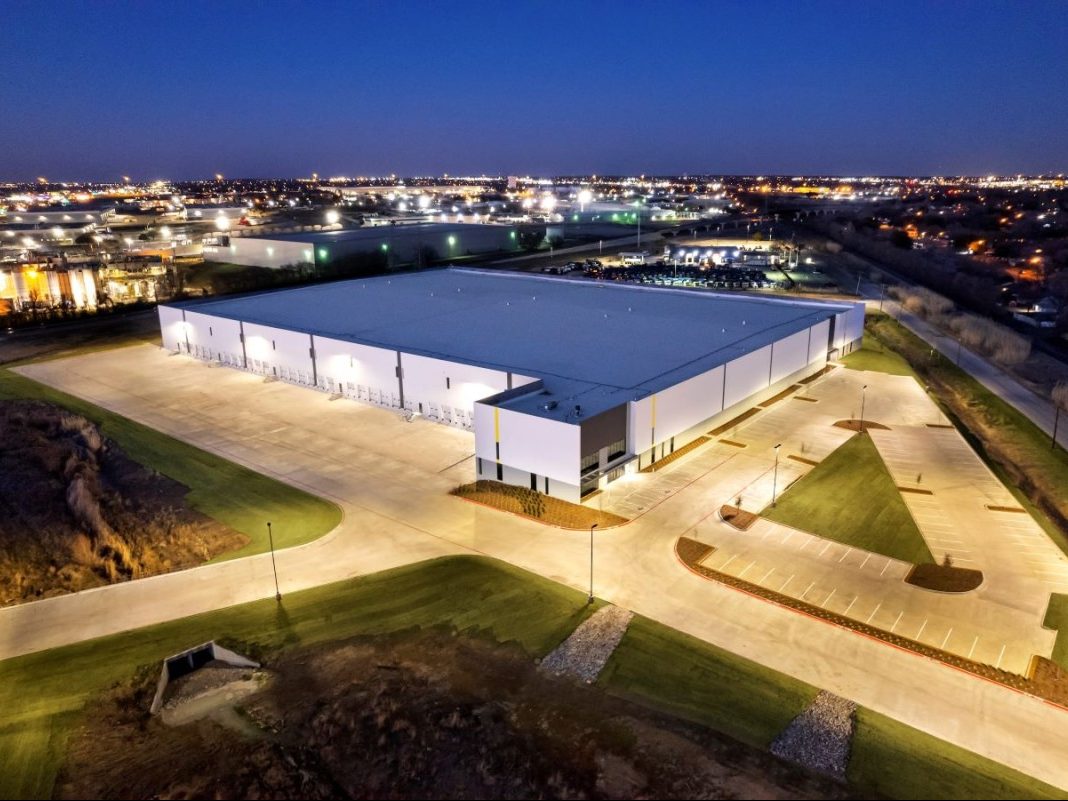
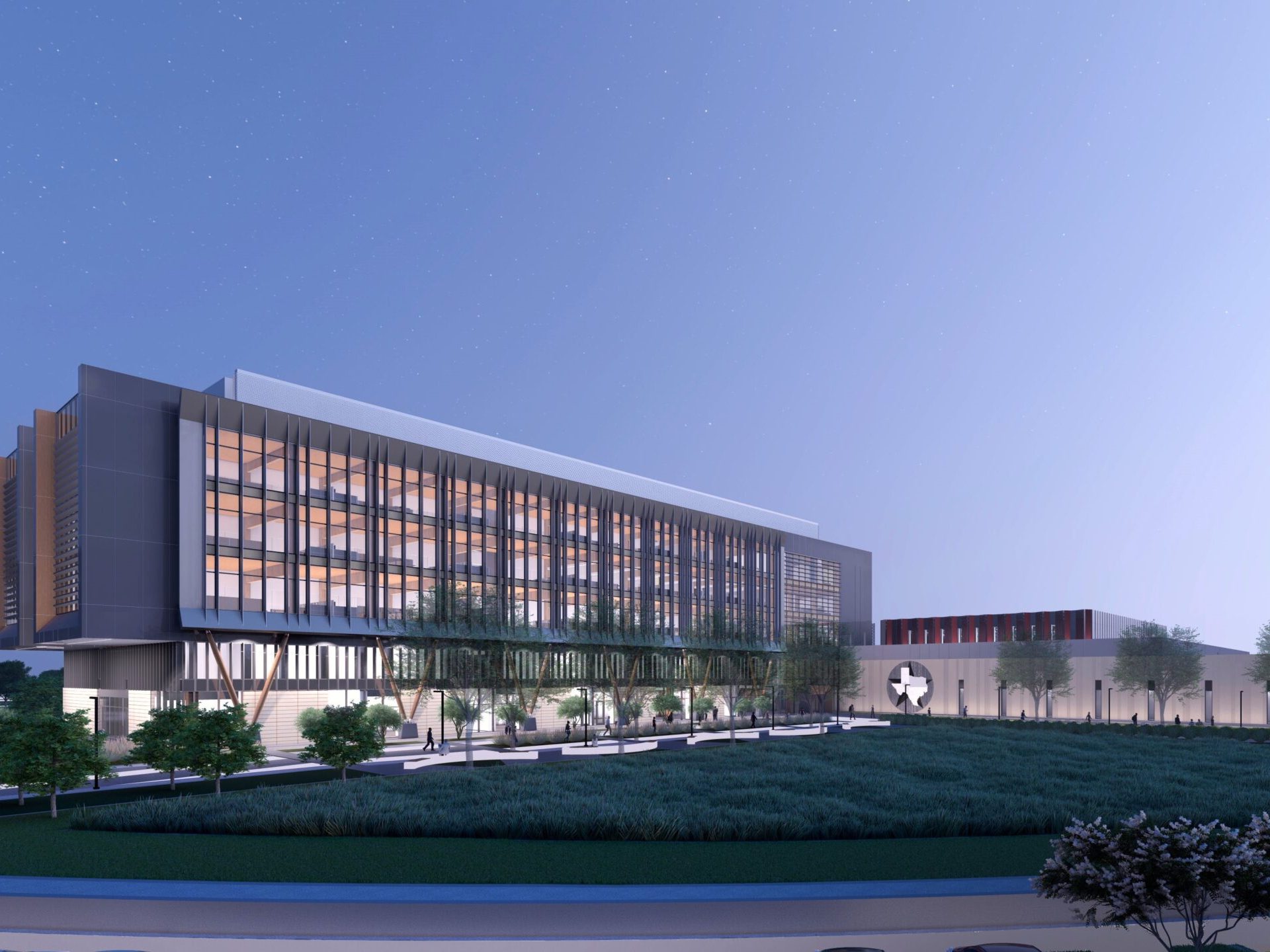
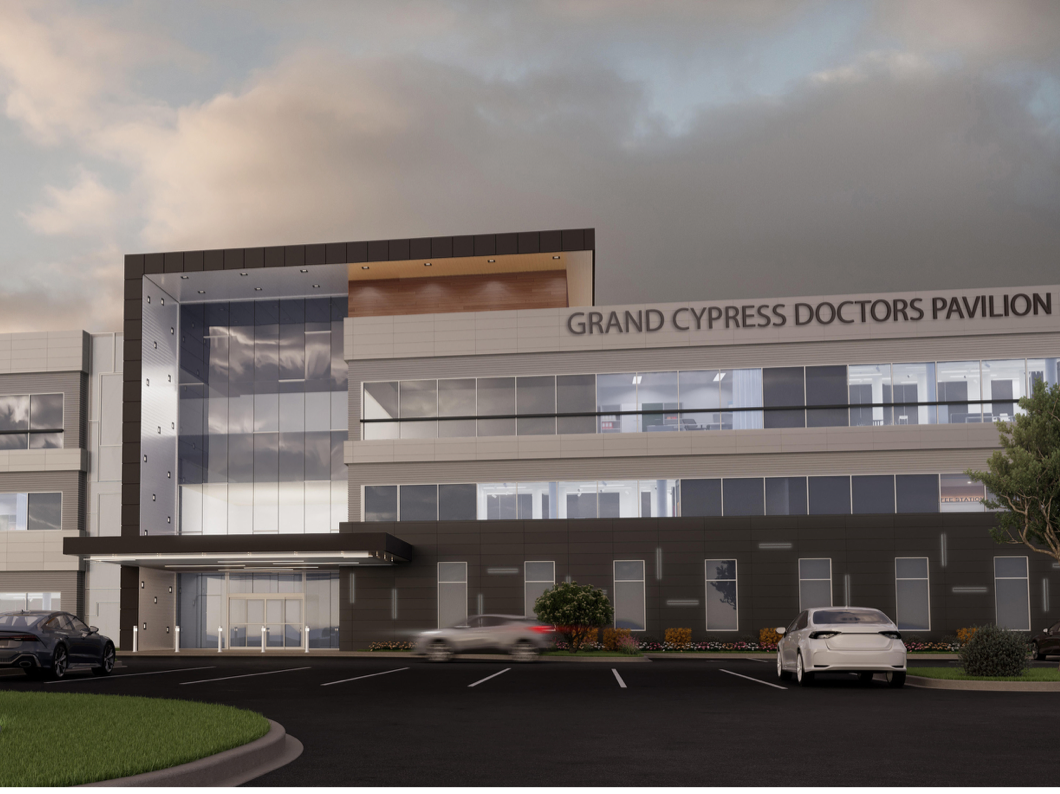
You must be logged in to post a comment.